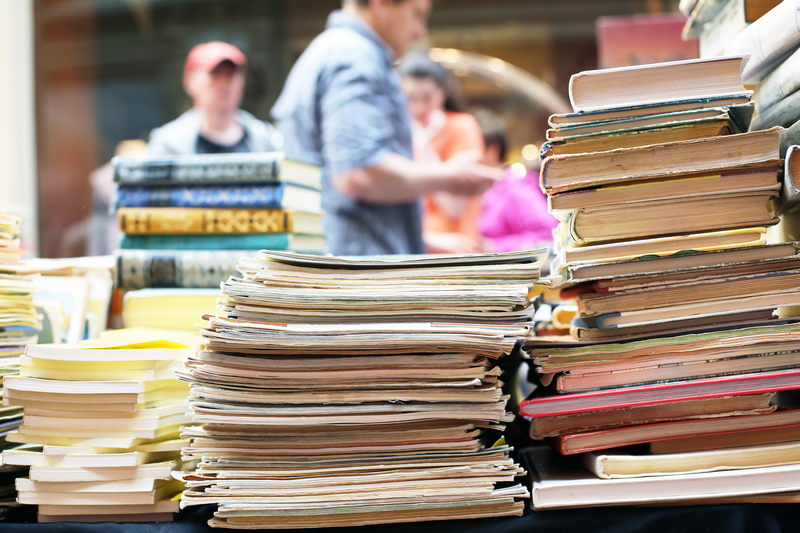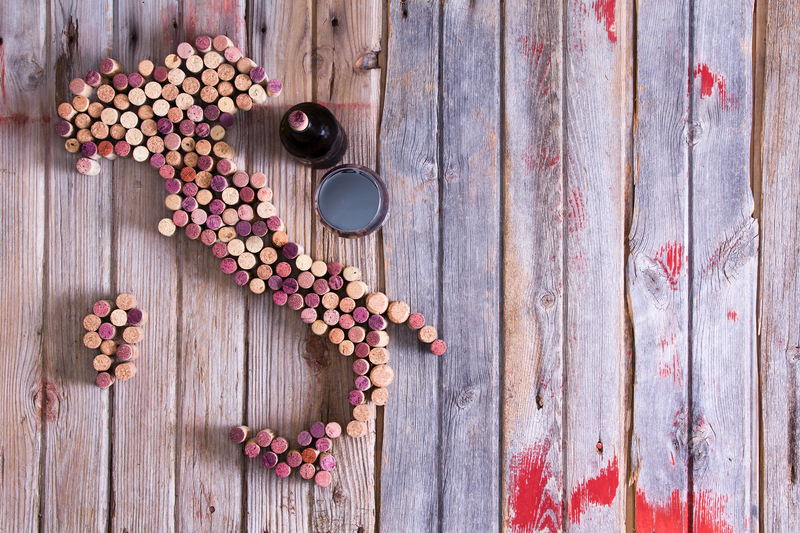Introduction
In today's fast-paced world, the amount of waste that we produce is constantly increasing. From food packaging to household items, we are constantly discarding products that we no longer need. However, not all of this waste ends up in landfills or incinerators. In fact, some talented individuals have found a way to turn trash into treasure through the art of rubbish collection.

The Creative Process
The process of creating rubbish collection art starts with collecting materials from various sources such as junkyards, recycling centers, and even street corners. These materials can range from broken glass and plastic to discarded metal scraps and old newspapers. The artist then uses their creativity and imagination to transform these seemingly useless materials into unique works of art.
Some artists use traditional techniques like painting or sculpting while others use more unconventional methods like collage or assemblage. Whatever the medium, one thing remains constant - the materials used are all salvaged from what most would consider trash.
The Message Behind the Art
Rubbish collection art not only showcases the creativity and talent of the artist but also has a deeper meaning. With more attention being brought to issues like pollution and wastefulness, rubbish collection art serves as a reminder that there is value in everything, even things that are typically considered worthless.
By repurposing waste into something beautiful and meaningful, these artists are encouraging us to rethink our consumer habits and find ways to reduce our environmental impact. Additionally, these artworks often convey important messages about sustainability, consumerism, and the impact of human actions on the planet.
The Pros and Cons
Like any form of art, rubbish collection art has its own set of pros and cons. On one hand, it promotes recycling and reusing materials that would otherwise end up in landfills or contribute to pollution. It also encourages people to think creatively and find beauty in unexpected places. However, some may argue that it also promotes overconsumption as artists need a constant supply of materials for their creations.
Tips for Creating Your Own Rubbish Collection Art
If you are inspired by rubbish collection art and want to try creating your own, here are a few tips to help you get started:
1. Start small - instead of trying to create a large sculpture right away, start with smaller projects like collages or mixed media pieces.
2. Experiment with different materials - don't limit yourself to just one type of waste material. Try incorporating various items and see what works best for your vision.
3. Be patient - creating rubbish collection art takes time and patience. Don't get discouraged if things don't come together right away.
4. Draw inspiration from nature - nature is the ultimate recycler, so take cues from the environment and incorporate natural elements into your art.
5. Network with other artists - connect with other rubbish collection artists to share ideas and techniques.

The Takeaways
There are several key takeaways from the world of rubbish collection art:
1. Recycling and reusing materials can lead to beautiful and meaningful creations.
2. Our actions have an impact on the environment, but we can make a difference by being more mindful of our consumption habits.
3. There is value in everything, even things that are typically considered trash.
Conclusion
Waste not, want not - this age-old saying has never been more relevant than in today's world where waste is abundant. Thanks to rubbish collection art, we are reminded that there is beauty in the unexpected and value in what many consider worthless. So next time you're about to throw something away, stop and think about all the creative possibilities it holds. Who knows, you may just discover your inner rubbish collection artist.
